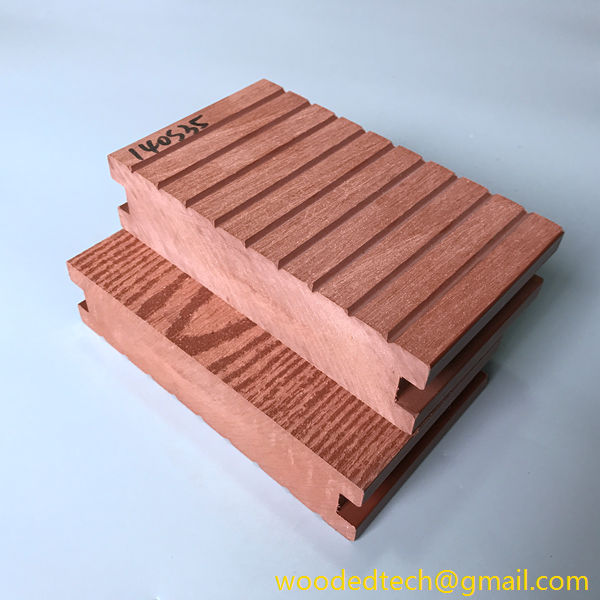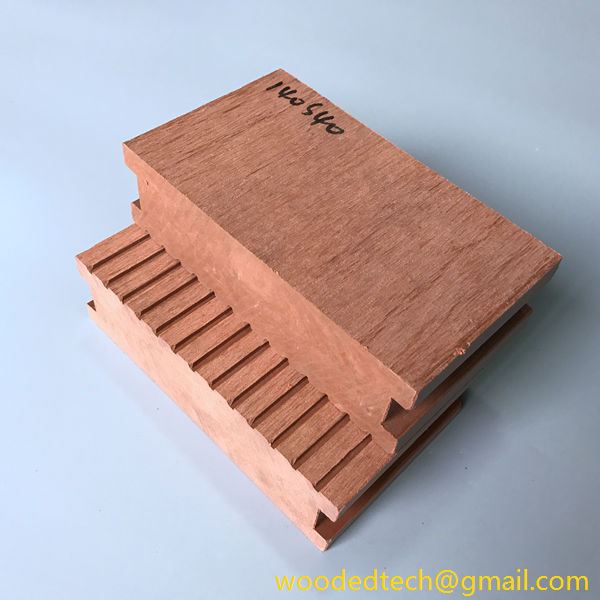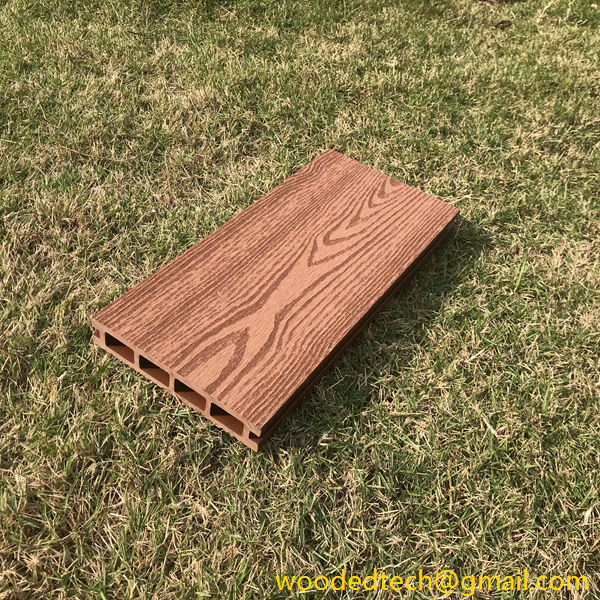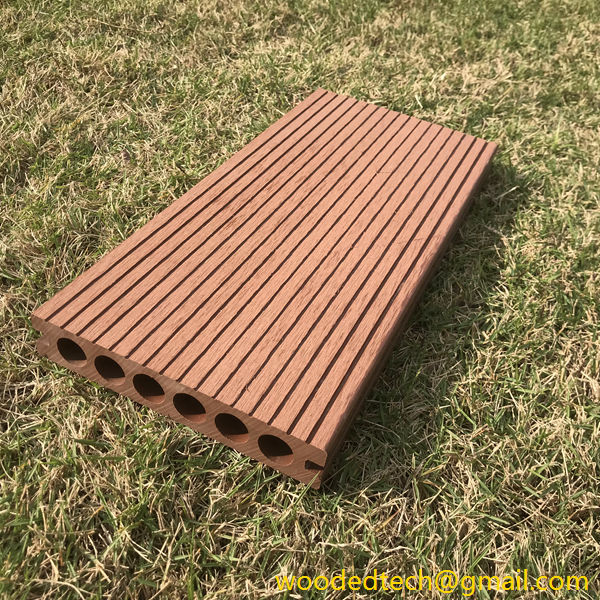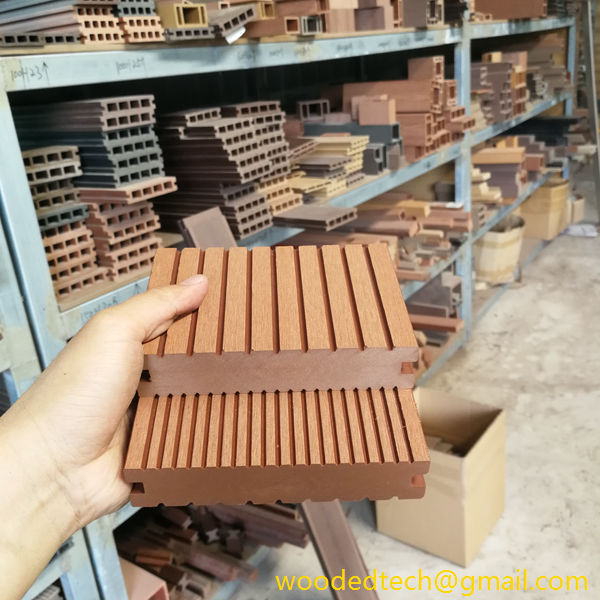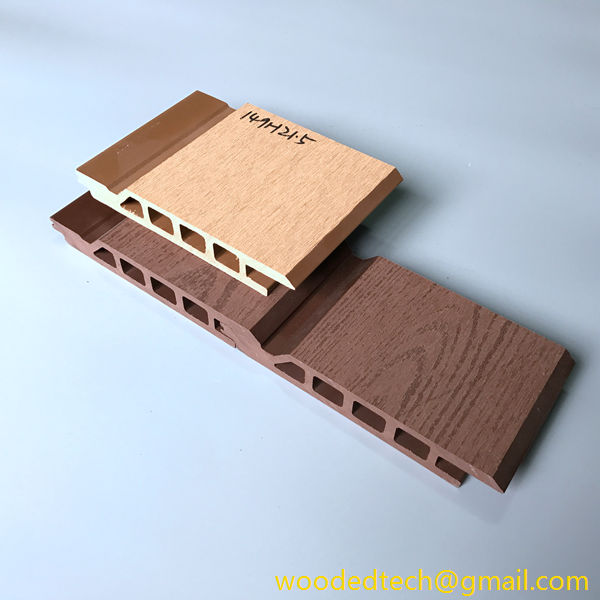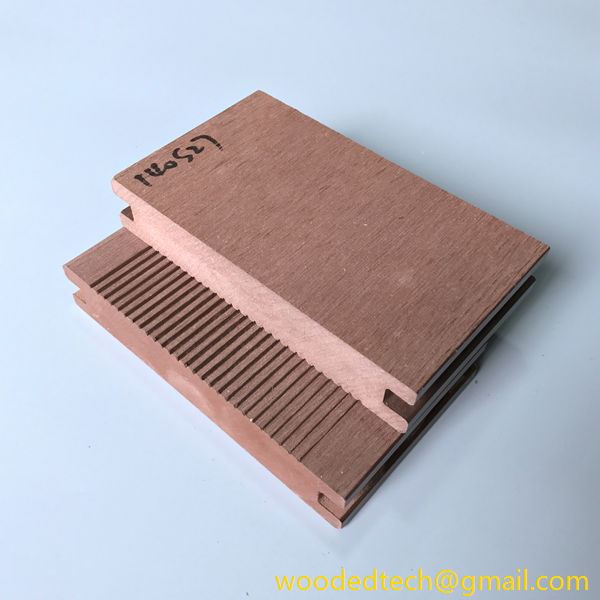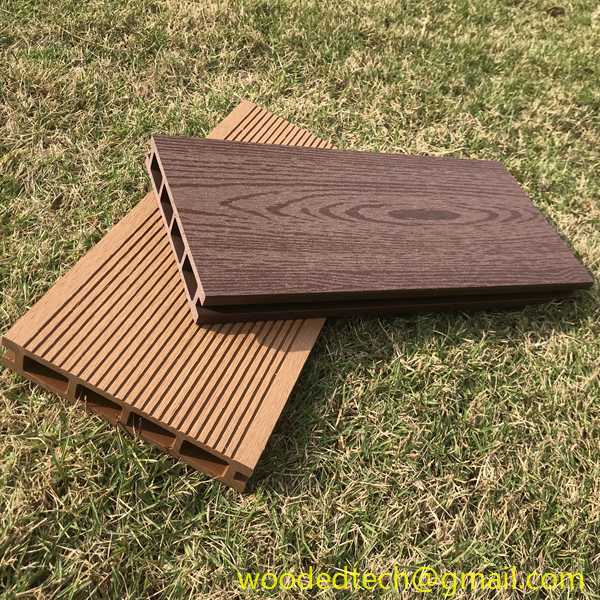When it comes to enhancing your outdoor living area, choosing the right composite deck material is crucial. The material you select will not only dictate the aesthetic appeal of your space but also influence the durability, maintenance, and overall comfort of your deck. In recent years, composite materials have gained immense popularity due to their resilience and low maintenance requirements. This article delves into the production processes of composite deck materials, helping you identify the best options for your outdoor space.
Composite decking is primarily made from a blend of wood fibers and plastic. This combination results in a material that captures the warmth and beauty of natural wood while offering the durability and resistance to weathering that plastic provides. The production of composite decking involves several key processes, each co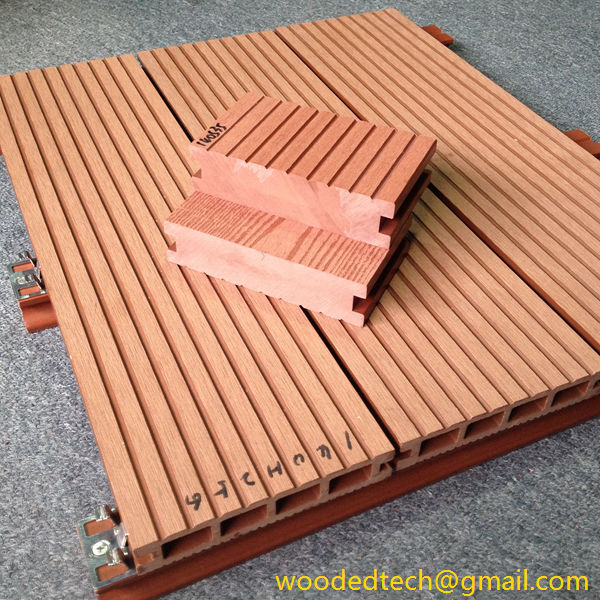
The first step in the manufacturing process is the sourcing of raw materials. High-quality wood fibers, often sourced from recycled wood products, are combined with polyethylene or polypropylene plastics. The choice of plastics can significantly affect the strength and flexibility of the final composite product. Many manufacturers opt for high-density polyethylene because of its superior resistance to moisture and UV rays, which are critical factors in outdoor installations.
Once the raw materials are sourced, they undergo a process known as blending. During blending, the wood fibers and plastic are mixed together in precise ratios to achieve the desired characteristics. This step is crucial as it affects the weight, strength, and visual appeal of the composite decking. Advanced blending techniques can also incorporate colorants and additives that enhance the material’s resistance to fading and staining.
After blending, the mixture is subjected to a process called extrusion. In this stage, the blended material is heated and forced through a mold to form long, continuous boards. The extrusion process allows manufacturers to create boards in various sizes and shapes, catering to a wide array of design preferences. The temperature and pressure applied during extrusion are carefully controlled to ensure that the final product has a consistent density and finish.
Post-extrusion, the boards undergo cooling and cutting to achieve the desired dimensions. This stage is important for ensuring that the planks are uniform and fit for installation. Some manufacturers also apply a protective cap to the boards during this phase. This cap, typically made from a tougher plastic layer, adds an extra level of protection against scratches, stains, and mold growth, further enhancing the longevity of the decking material.
Once the composite boards are cut and capped, they undergo rigorous quality control testing. This process typically includes assessments for strength, flexibility, and resistance to various environmental conditions. Manufacturers conduct tests to ensure that their products meet industry standards and can withstand the rigors of outdoor use. This level of scrutiny not only assures consumers of the quality of their decking but also establishes a brand’s reputation in the competitive market.
When selecting the best composite deck material for your outdoor space, consider the production processes that contribute to the performance and durability of the product. Look for manufacturers that prioritize high-quality raw materials and advanced production techniques. Additionally, consider the environmental impact of the materials used. Many companies are now focusing on sustainability by utilizing recyclable materials in their composite products.
Another important aspect to consider is the warranty offered by the manufacturer. A longer warranty typically indicates a higher level of confidence in the product’s durability and performance. It is wise to research different brands and their reputations within the industry, as well as customer reviews, to gauge satisfaction levels among users.
In conclusion, choosing the right composite deck material for your outdoor space requires careful consideration of various factors, including production processes, material quality, and manufacturer reputation. By understanding the intricacies of how composite decking is made, you can make an informed decision that will enhance the beauty and functionality of your outdoor living area for years to come. Whether you prioritize aesthetics, durability, or sustainability, there is a composite decking option that will meet your needs and elevate your outdoor experience.

